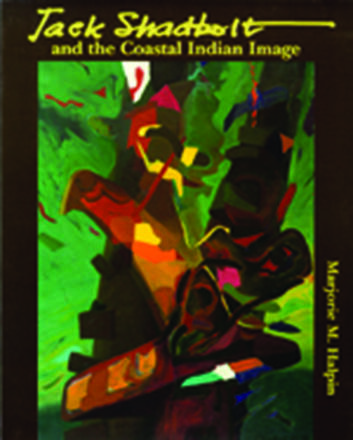
Description
Jack Shadbolt was inspired in his formative years by his contact with
Emily Carr and with her brooding works portraying the remnants of
Indian villages against the overwhelming wilderness. He made sketches
of Indian artefacts and the Cowichan Reserve in the 1930s, but it was
only after World War II that elements of Indian art began to show up in
his style. Marjorie Halpin finds in the changes in the way Indian forms
occur in Shadbolt's paintings an appropriate expression of the
changing attitudes of British Columbians to Native society and the
political will the Native people now manifest. The place of Indian
motifs in Shadbolt's painting can be broadly correlated with the
cultural quickening of Indian society in recent years. They reveal his
emotional sympathy with Kwagiutl, Haida, and Tlingit forms and his deep
response to the Indians' spiritual and historic presence in the
British Columbia environment.
Reviews
Rich with well-chosen reproductions of Indian artefacts, old photographs, and especially Shadbolt's drawings and paintings.
- University of Toronto Quarterly